 |
|
Euclid (Falcon 9) 1 July 2023 |
Space Launch Complex 40 Cape Canaveral Space Force Station |
A SpaceX Falcon 9 rocket launched the European Space Agency's Euclid space telescope mission to a Sun-Earth L2 transfer orbit, also known as the Sun-Earth Lagrange point 2, from Space Launch Complex 40 (SLC-40) at Cape Canaveral Space Force Station at 11:12 a.m. on 1 July 2023. Following stage separation, the first stage landed on the A Shortfall of Gravitas droneship stationed in the Atlantic Ocean. The first stage booster supporting this mission previously launched Ax-2. |
|
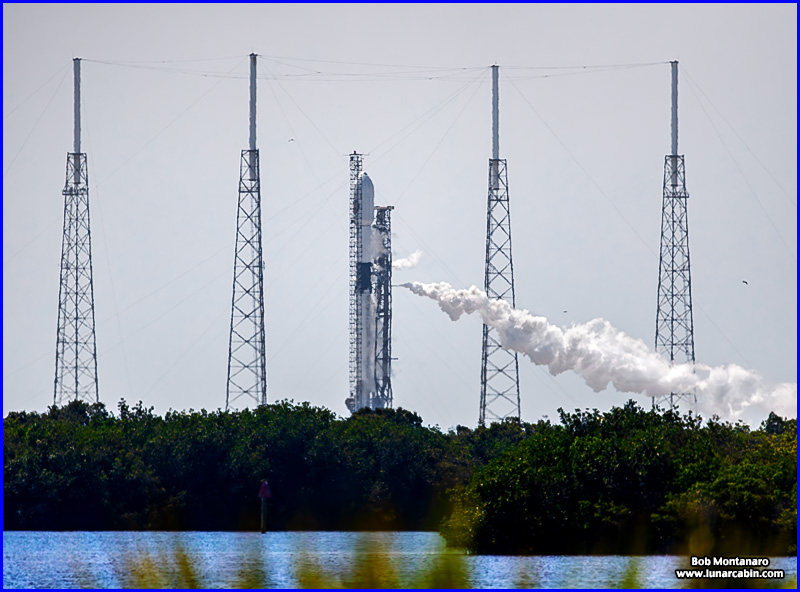 |
|
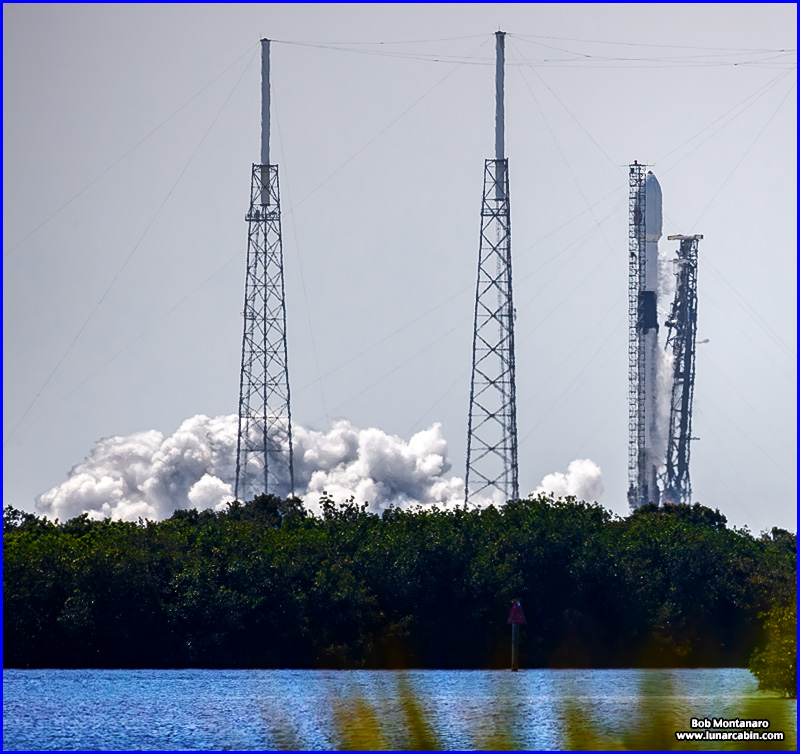 |
|
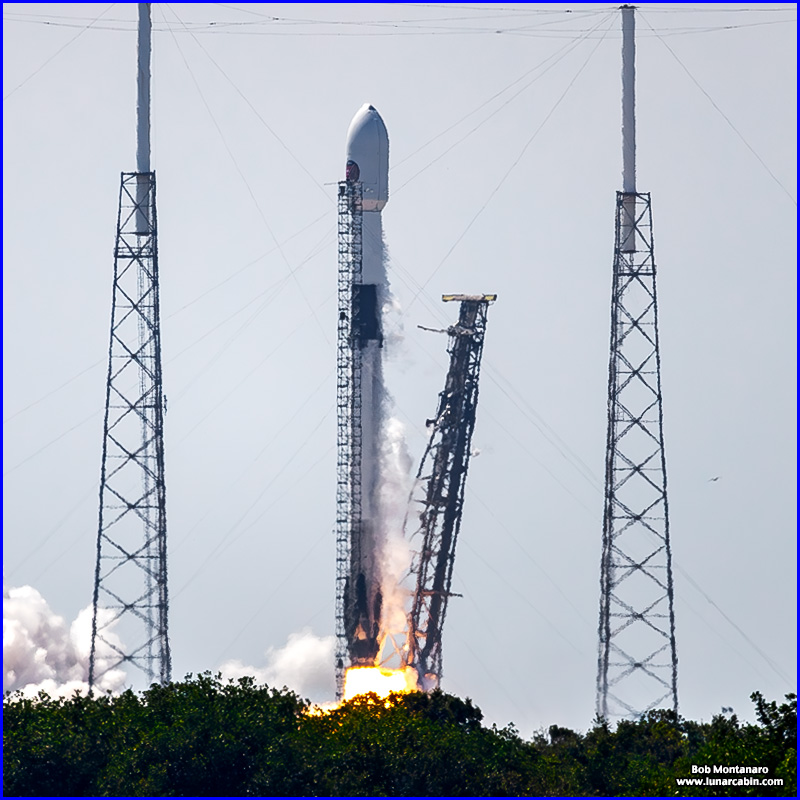 |
|
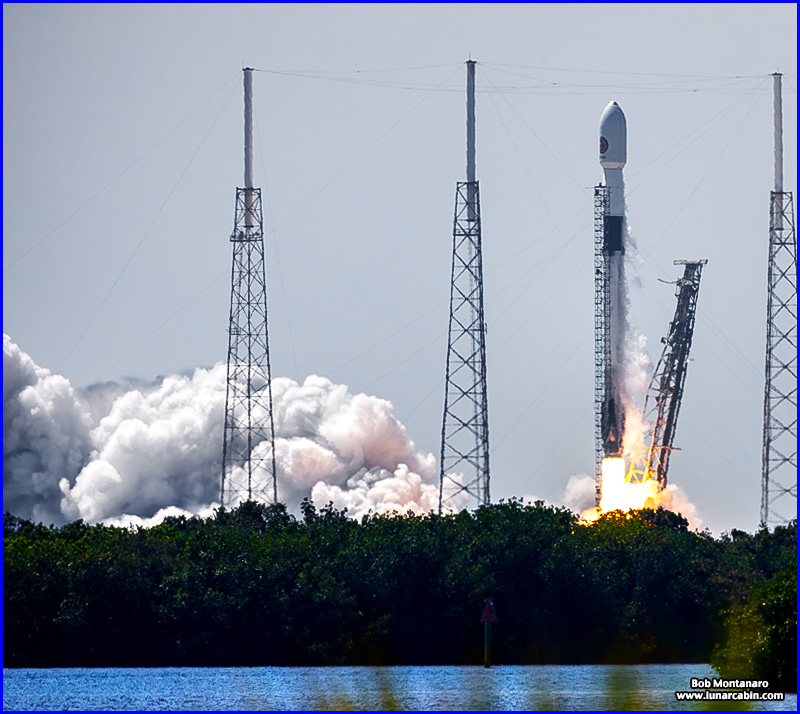 |
|
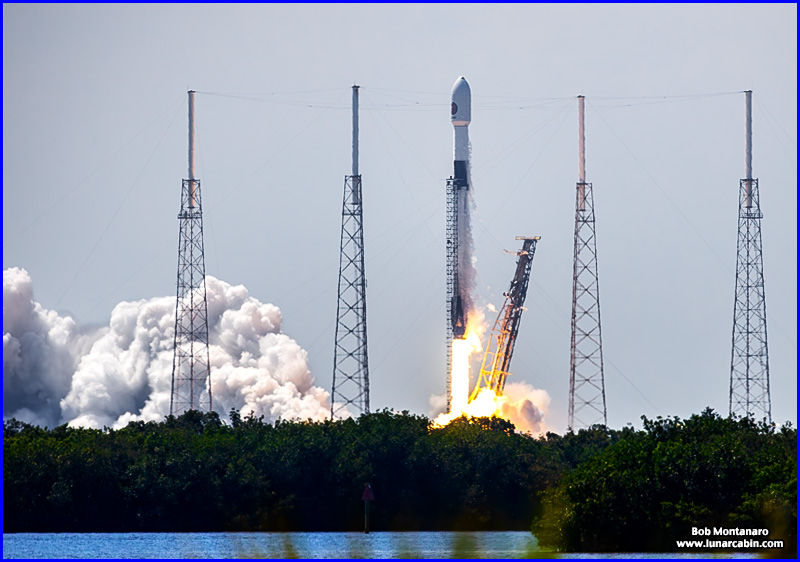 |
|
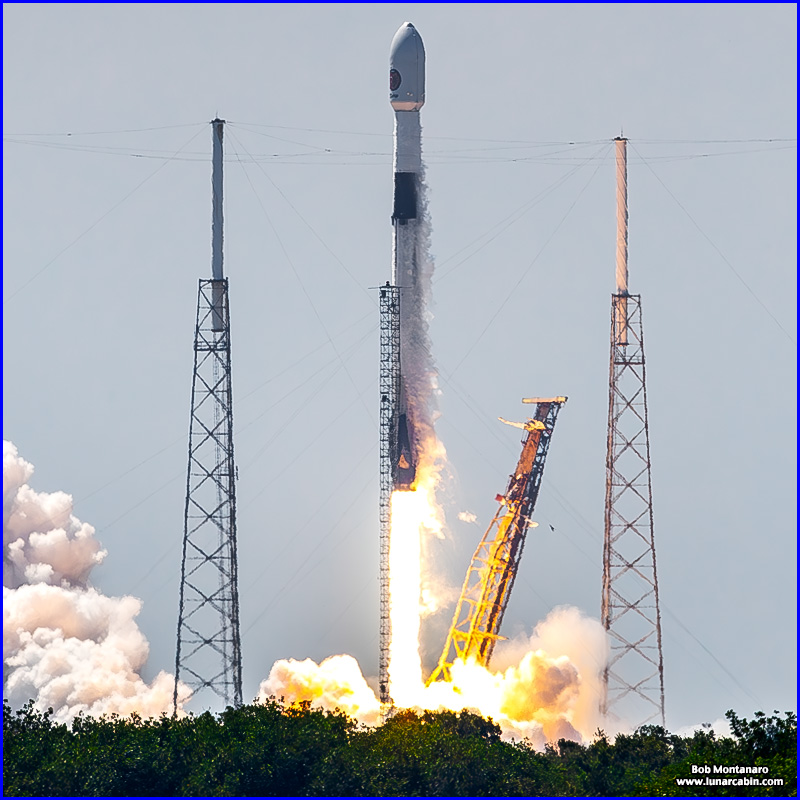 |
|
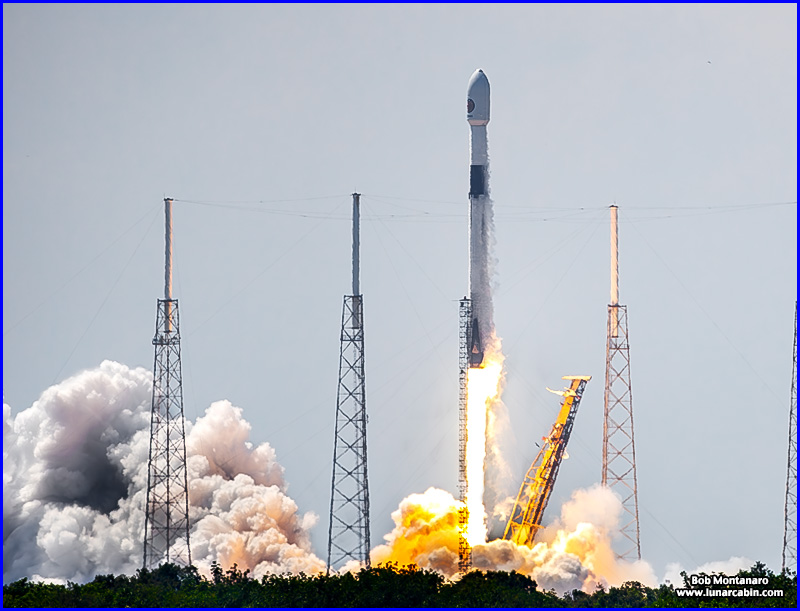 |
|
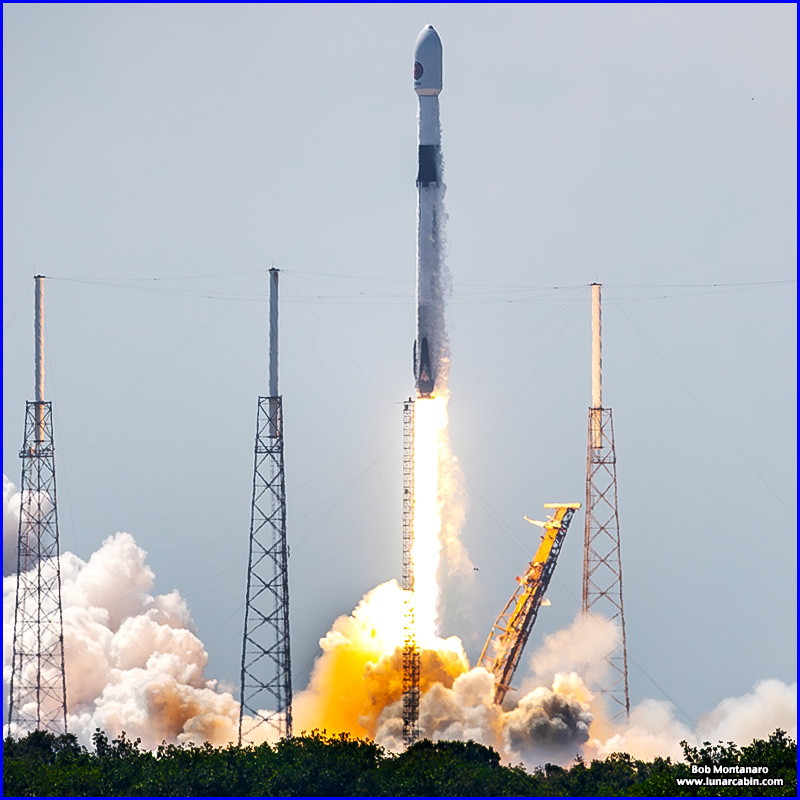 |
|
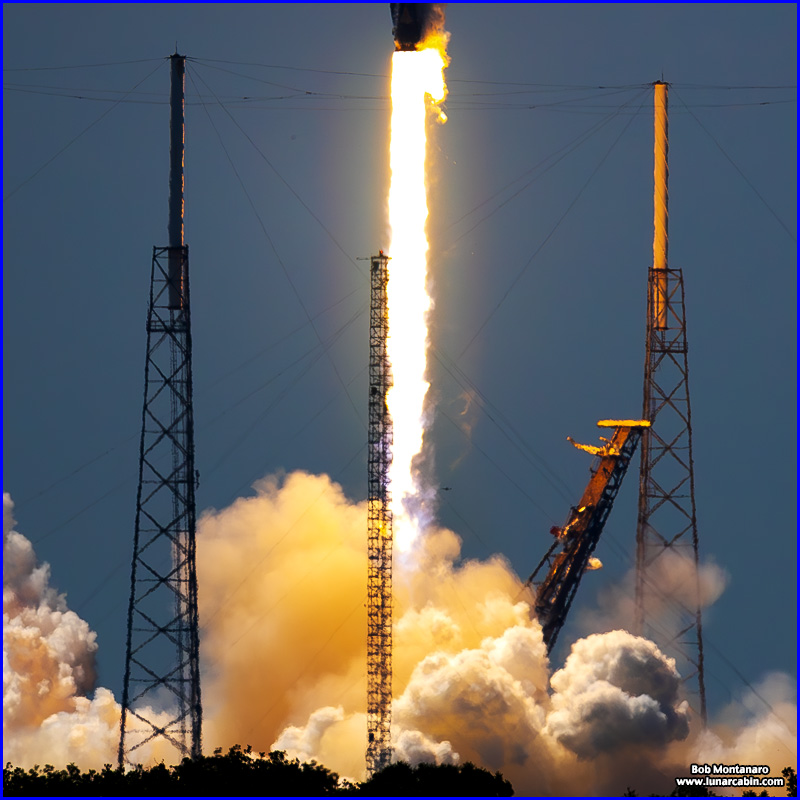 |
|
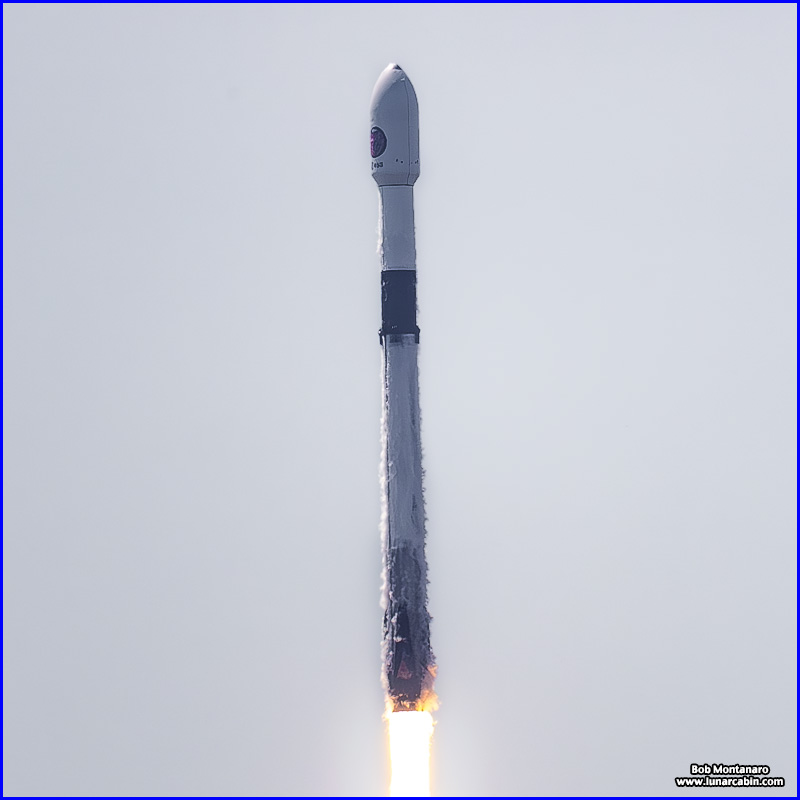 |
|
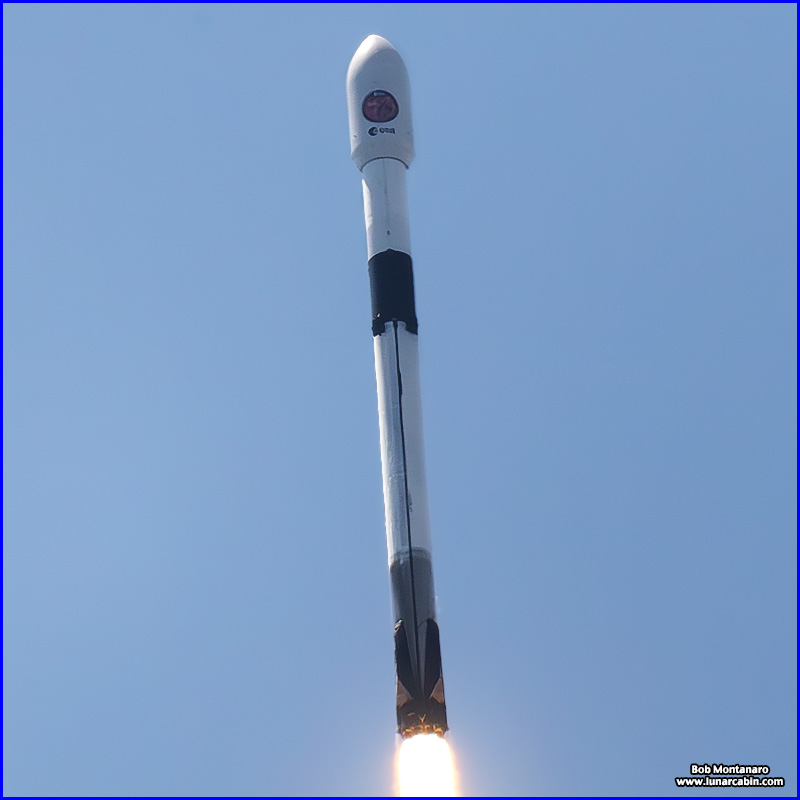 |
|
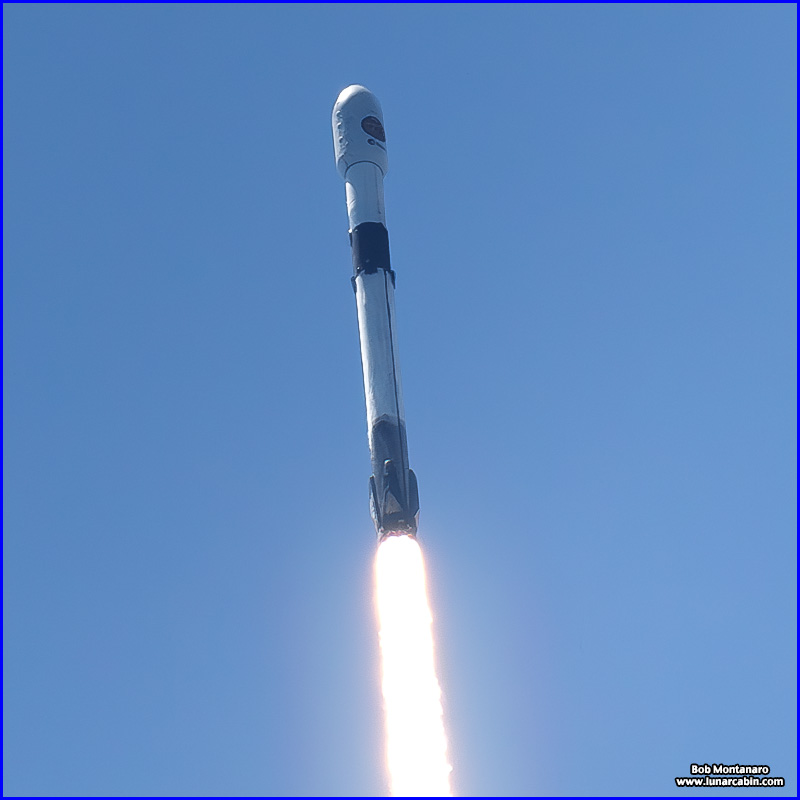 |
|
 |
|
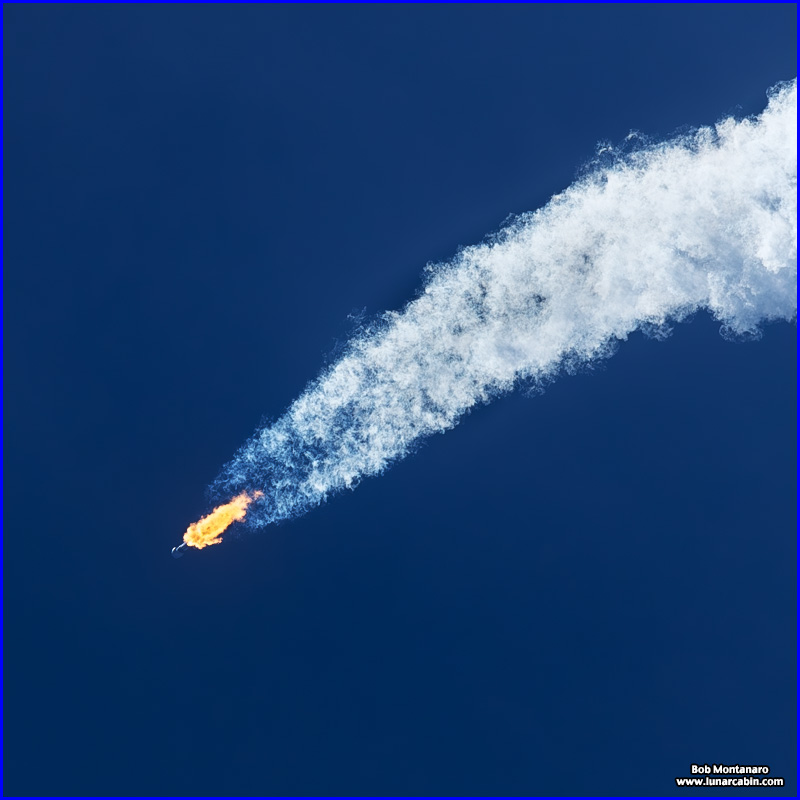 |
|
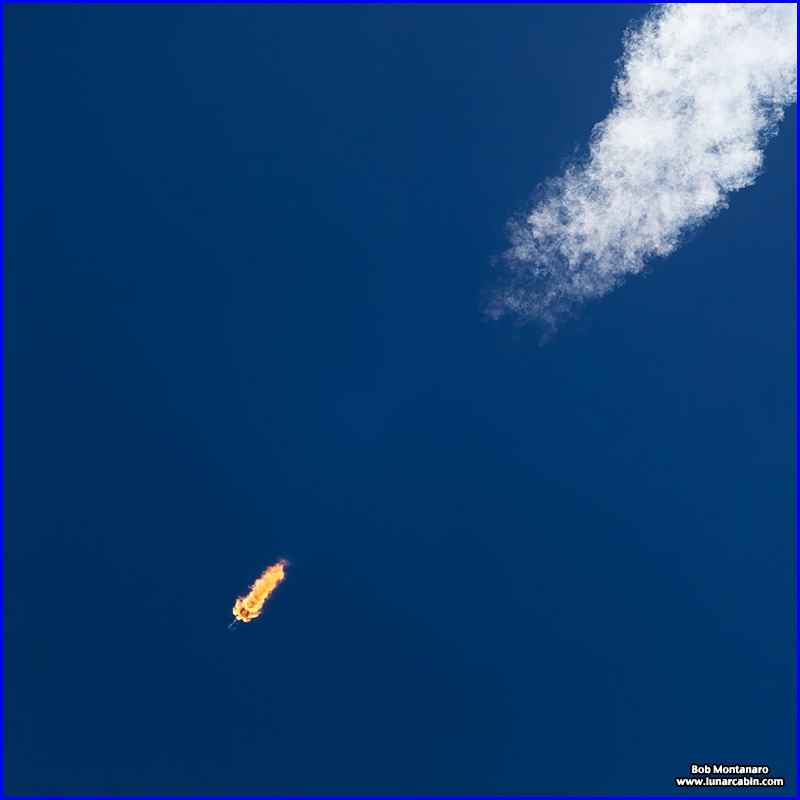 |
|
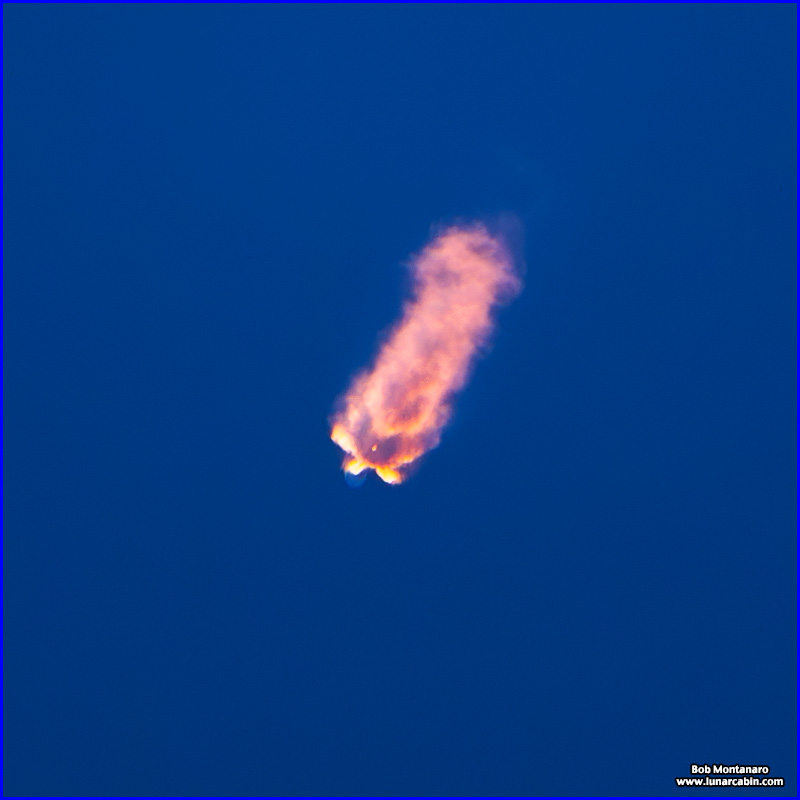 |
|
 |
|
FROM THE EUROPEAN SPACE AGENCY'S (ESA) EUCLID LAUNCH MEDIA KIT |
|
ESA's Euclid mission is designed to map the large-scale structure of the Universe and help us to understand two mysterious components: dark matter and dark energy. For centuries, astronomers have aimed to learn more about the luminous sources of the cosmos, that is, planets, stars, galaxies and gas, for example. But these objects make up only a small fraction of what the Universe contains. 95% of the Universe appears to be made up of unknown 'dark' matter and energy. Dark matter and energy affect the motion and distribution of visible sources, but do not emit or absorb any light, and scientists do not know yet what these entities actually are. Understanding their nature is therefore one of the most compelling challenges of cosmology and fundamental physics today. Euclid will create the largest, most accurate 3D map of the Universe. It will observe billions of galaxies out to 10 billion light-years, across more than one third of the sky. With this map, Euclid will reveal how the Universe has expanded and how large-scale structure has evolved over cosmic history. And from this we can learn more about the role of gravity and the nature of dark energy and dark matter. |
|
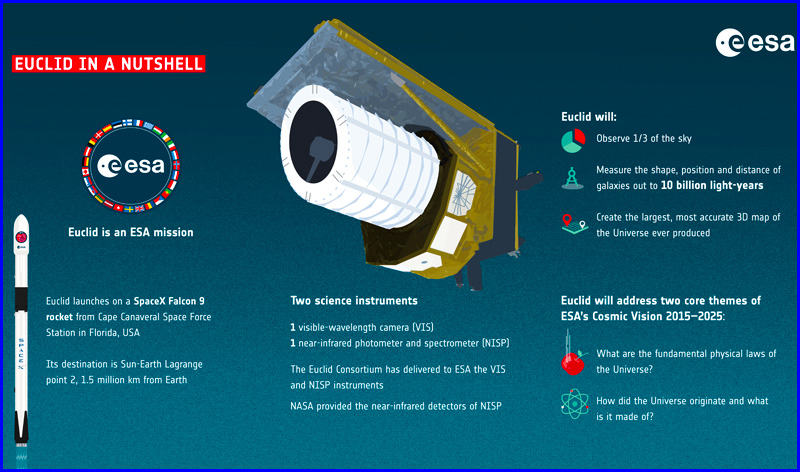 |
|
IMAGE CREDIT: ESA |
|
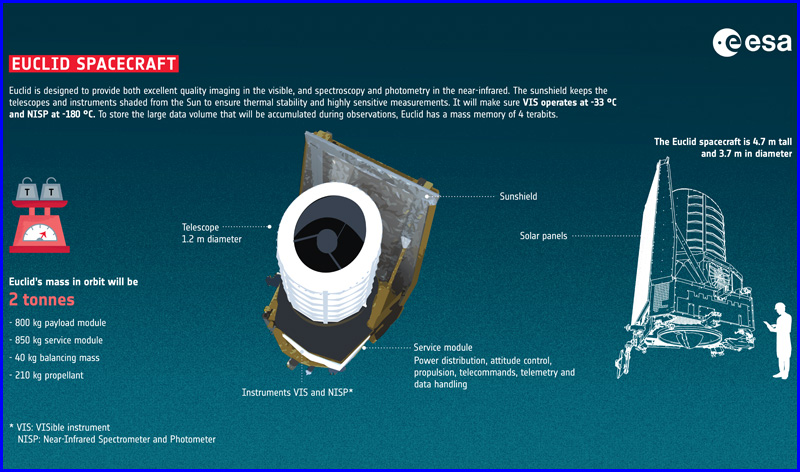 |
|
IMAGE CREDIT: ESA |
|
 |
|
Artist's rendition of the Euclid telescope in space. IMAGE CREDIT: ESA |
|
SPACEX MISSION PATCH |
|
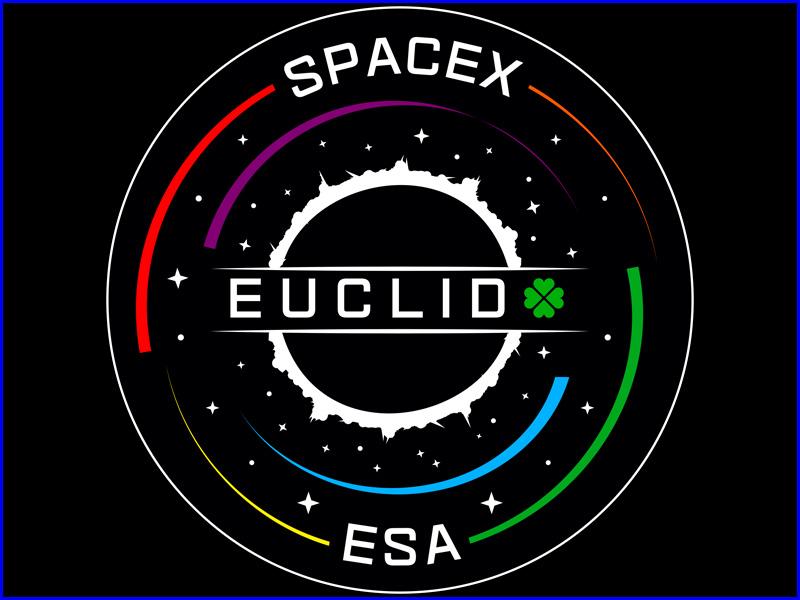 |
|
IMAGE CREDIT: SPACEX |
|
All contents copyright Lunar Cabin |
|